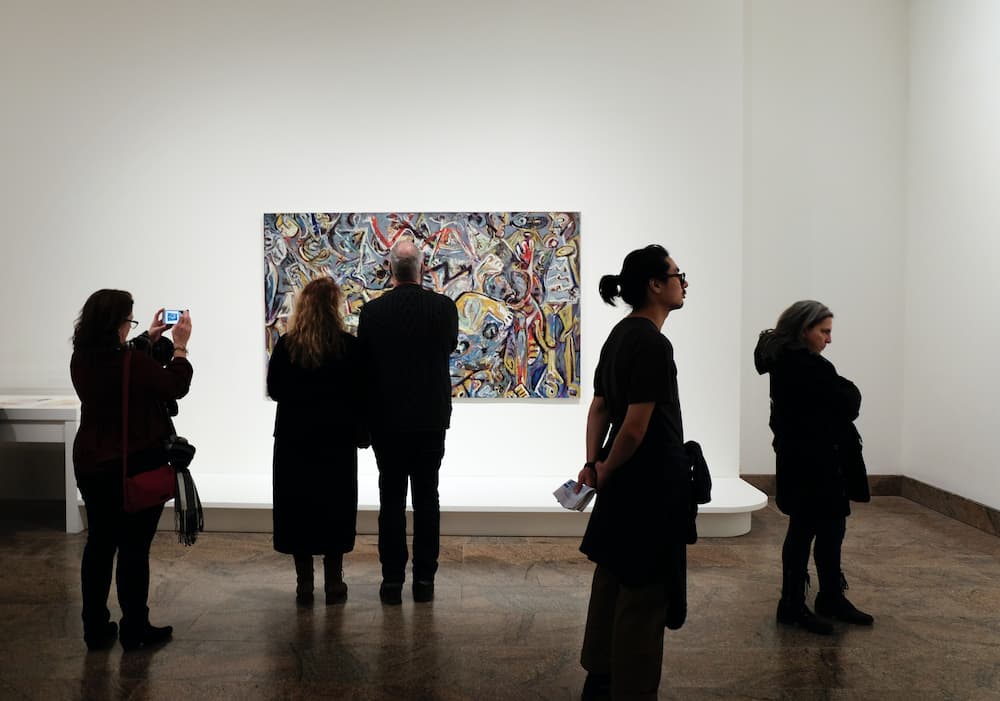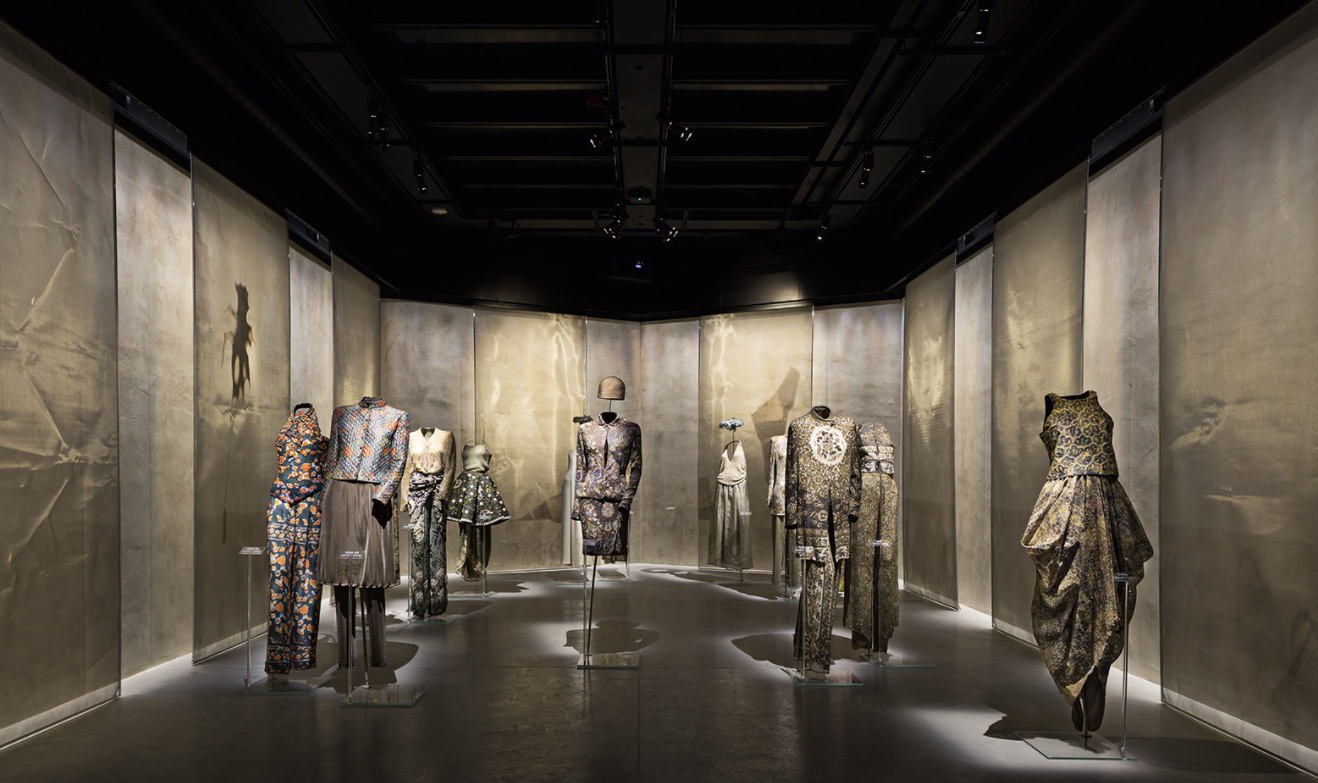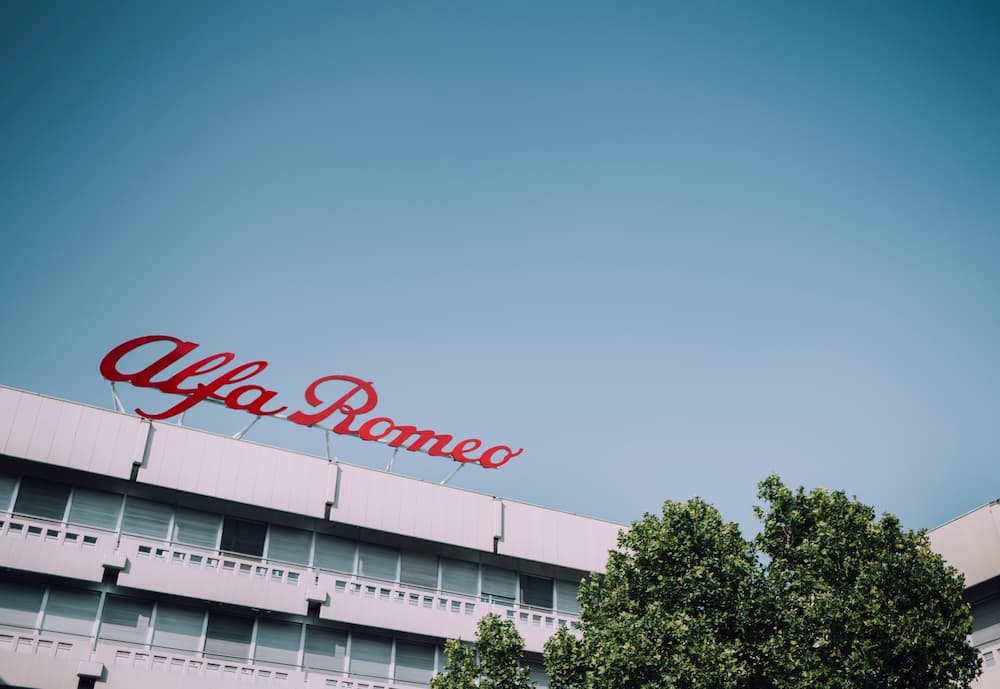Italian art has always been regarded as one of the most important cultural heritages in the world. From the Renaissance to the Baroque period, Italian art has produced some of the most celebrated masterpieces, from paintings to sculptures, architecture, and design. The country’s rich history, cultural diversity, and artistic innovation have all contributed to the creation of a unique artistic tradition that has captivated and influenced generations of artists, collectors, and enthusiasts. In this article, we will explore why Italian art is so valued all over the world and the significance it holds in the art world.
Italy’s most famous cultural figures
Italy is known for producing some of the most famous and influential cultural figures in history. Here are some of the most notable betting Italia:
Leonardo da Vinci – an artist, scientist, and inventor of the Renaissance period, known for his iconic works such as the Mona Lisa and The Last Supper.
Michelangelo – a sculptor, painter, and architect of the Renaissance period, known for his works such as the ceiling of the Sistine Chapel and the statue of David.
Dante Alighieri – a poet and writer from the Middle Ages, known for his epic poem The Divine Comedy, which is considered one of the greatest works of literature in history.
Galileo Galilei – a scientist, mathematician, and philosopher of the Renaissance period, known for his contributions to astronomy, physics, and mathematics.
Niccolò Machiavelli – a writer and political philosopher of the Renaissance period, known for his book The Prince, which is considered a masterpiece of political science.
A Brief History of Italian Art
Italian art has a long and storied history that spans more than two thousand years. It began in ancient Rome, where artists created magnificent sculptures and frescoes that depicted the power and glory of the Roman Empire. After the fall of Rome, Italian art continued to flourish, as new artistic styles emerged, including Byzantine and Gothic art.
However, it was during the Renaissance that Italian art reached its zenith. This period marked a turning point in art history, as artists began to explore new techniques, such as linear perspective, chiaroscuro, and sfumato. The Renaissance was also a time of great artistic patronage, as wealthy families, such as the Medici, sponsored artists and commissioned works of art for their homes and churches.
The Baroque period that followed was characterized by a more ornate and dramatic style, with an emphasis on grandeur and emotion. Baroque artists were known for their use of dynamic movement, theatrical lighting, and elaborate decorative elements, which were often used to convey religious and political messages.
In the 20th century, Italian art continued to evolve and adapt to new artistic movements, such as Futurism, which celebrated speed and modernity, and Arte Povera, which used humble materials to create minimalist and conceptual works of art. Today, Italian art remains an important and influential force in the contemporary art world.
Why Italian Art is So Valued
Italian art is highly valued for its beauty, technical skill, and historical significance. Italian artists have created some of the most iconic and recognizable works of art in history, including Michelangelo’s David, Leonardo da Vinci’s Mona Lisa, and Raphael’s School of Athens.
In addition to their artistic achievements, Italian artists were often pioneers in their fields, developing new techniques and styles that influenced generations of artists. For example, the use of linear perspective, which was first developed by Italian Renaissance artists, revolutionized the way in which artists depicted three-dimensional space in their paintings.
Italian art is also valued for its ability to tell the story of Italian culture and history. Italian artists often drew inspiration from their surroundings, creating works of art that captured the beauty of the Italian landscape, the grandeur of its architecture, and the religious and political events that shaped the country’s history.
Significance in the Art World
Italian art continues to be a significant force in the art world today. Italian museums and galleries are home to some of the most important and valuable works of art in history, and Italian artists continue to produce works that are highly sought after by collectors and enthusiasts.
Italian art also plays an important role in art education and scholarship, as it provides a rich source of inspiration and historical context for artists and scholars alike. Many art students study Italian art as part of their education, and Italian art history is a vital component of art historical research.
Conclusion
Italian art is a treasure trove of beauty and significance that has captivated and influenced generations of artists, collectors, and enthusiasts. Its rich history, technical skill, and cultural significance have made Italian art one of the most important cultural heritages in the world. From ancient Roman sculptures to contemporary minimalist installations, Italian art continues to be a source of inspiration and wonder for art lovers around the globe.



